An Iranian historian has just announced the discovery of what is believed to be the " world's smallest ancient inscription," dating back about 1,600 years, carved on a cliff in Marvdasht, Fars province, dating back to the late Sassanid period.
Historian Dr. Abolhassan Atabaki said the inscription measures just 4x7 cm - about the size of a matchbox, and was engraved with a tool with a tip of just 0.5 mm.
“This exceptional discovery is one of the masterpieces of pure Iranian art of the Sassanid period. Such valuable discoveries in the field of cultural heritage can become a symbol of national identity and a source of tourism attraction in the future,” he said.
Historian Najmeh Ebrahimi said the text was written in nine lines in Pahlavi and Middle Persian, with the first two lines obscured by layers of rock sediment. She said the text was likely composed by a resident of the ancient city of Istakhr and had Sassanid religious content.
Dr. Atabaki has conducted research and translated the document, which is expected to be published in academic journals in the near future, Ms. Ebrahimi added.
Earlier this year, Mr. Atabaki also announced the discovery of another rare Sassanid-era inscription in the Marvdasht area. This text is said to condemn the act of breaking promises.
The ancient city of Istakhr, located near Persepolis in southern Iran, was once the residence of the Sassanid kings, with the remains of palaces, temples and defensive structures. The city has had an important political role since 224 AD, when Ardashir I overthrew Artabanus IV of the Parthian Empire and founded the Sassanid dynasty.
Today, Istakhr is largely in ruins, with fragments of architecture scattered throughout a walled area measuring 1,400 by 650 meters. The area was once surrounded by a moat connected to a seasonal river.
During the Sassanid period, Iranian art and architecture reached its peak, with magnificent palaces and frescoes at sites such as Bishapur, Naqsh-e Rostam and Naqsh-e Rajab./.
Source: https://www.vietnamplus.vn/iran-cong-bo-phat-hien-bia-ky-co-nho-nhat-the-gioi-post1058064.vnp




![[Photo] Lam Dong: Images of damage after a suspected lake burst in Tuy Phong](https://vphoto.vietnam.vn/thumb/1200x675/vietnam/resource/IMAGE/2025/11/02/1762078736805_8e7f5424f473782d2162-5118-jpg.webp)


![[Photo] President Luong Cuong receives US Secretary of War Pete Hegseth](https://vphoto.vietnam.vn/thumb/1200x675/vietnam/resource/IMAGE/2025/11/02/1762089839868_ndo_br_1-jpg.webp)


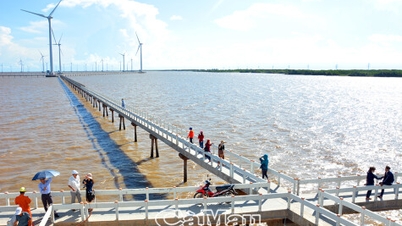



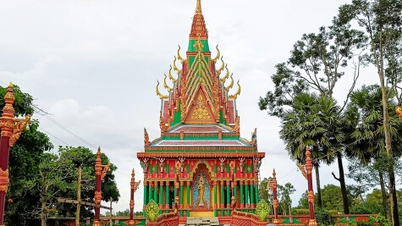




























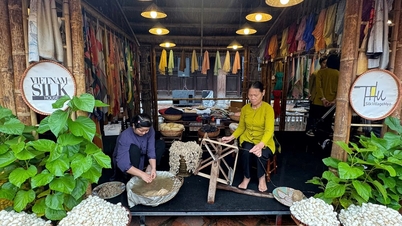

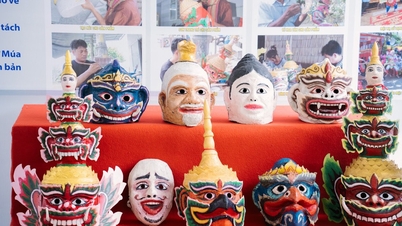













































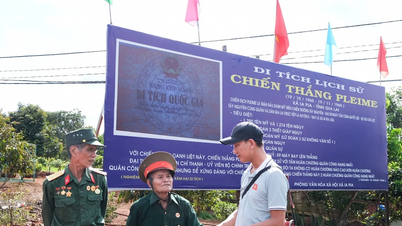















Comment (0)